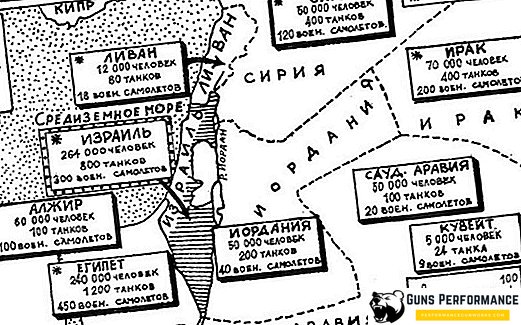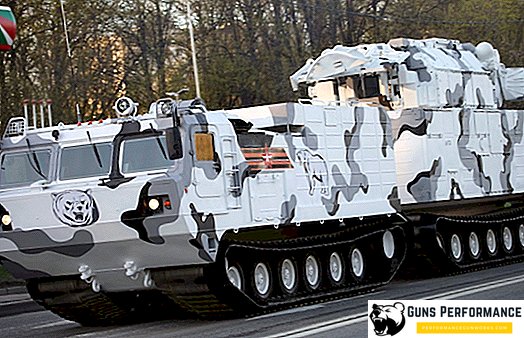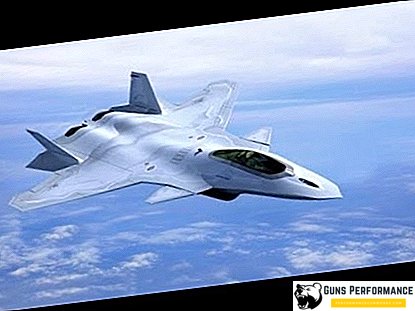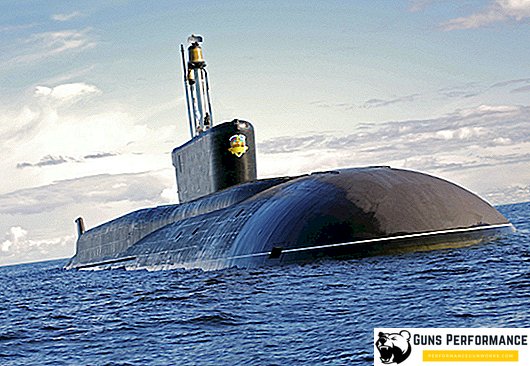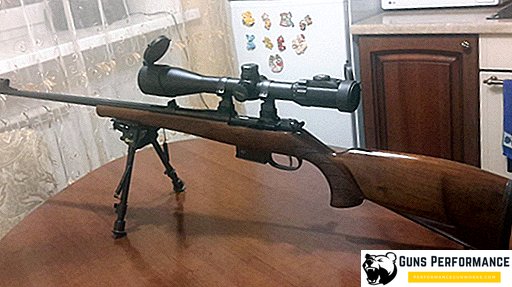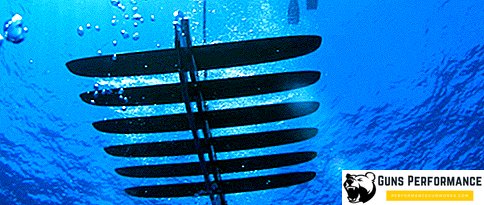
During the Unmanned Warrior exercise, the American companies Boeing and Liquid Robotics completed field trials of the newest SHARC robot, whose functionality includes determining the exact location of underwater targets. The results were quite successful: four samples completed all the tasks, finding the submarine and transferring the received coordinates to the US military base.
Unmanned Warrior Objectives
Modern military conflicts can not do without the use of new technologies. The capabilities of computer systems, neural networks for processing large amounts of information, unmanned aerial vehicles that can fire at ground targets from different heights are used. All developments are aimed at minimizing human participation in military operations. These teachings were dedicated to this direction Unmanned Warrior. From the name it becomes clear that they were tested on robotic technology, a variety of aircraft, ground and surface vehicles capable of coping with the tasks with little participation of people.

The structure of the robot
The SHARC robot includes three components. The surface part in appearance resembles a surfboard on which a device for exchanging information with the base is installed, as well as a solar cell supplying element. Underwater component for interaction with the surface uses a special cable that looks like a small torpedo with moving wings and a stabilizing tail element. Here are installed a variety of instruments for tracking, for example, sonar sensor. The last component is a long antenna under water that can increase the chance of detection.
SHARC can accurately locate even diesel-electric submarines, as well as other submersibles, including mines. For the production of sensitive sensors took the company Boeing. The exact date of arrival of the new equipment on the armament of the United States Navy is not known yet.


